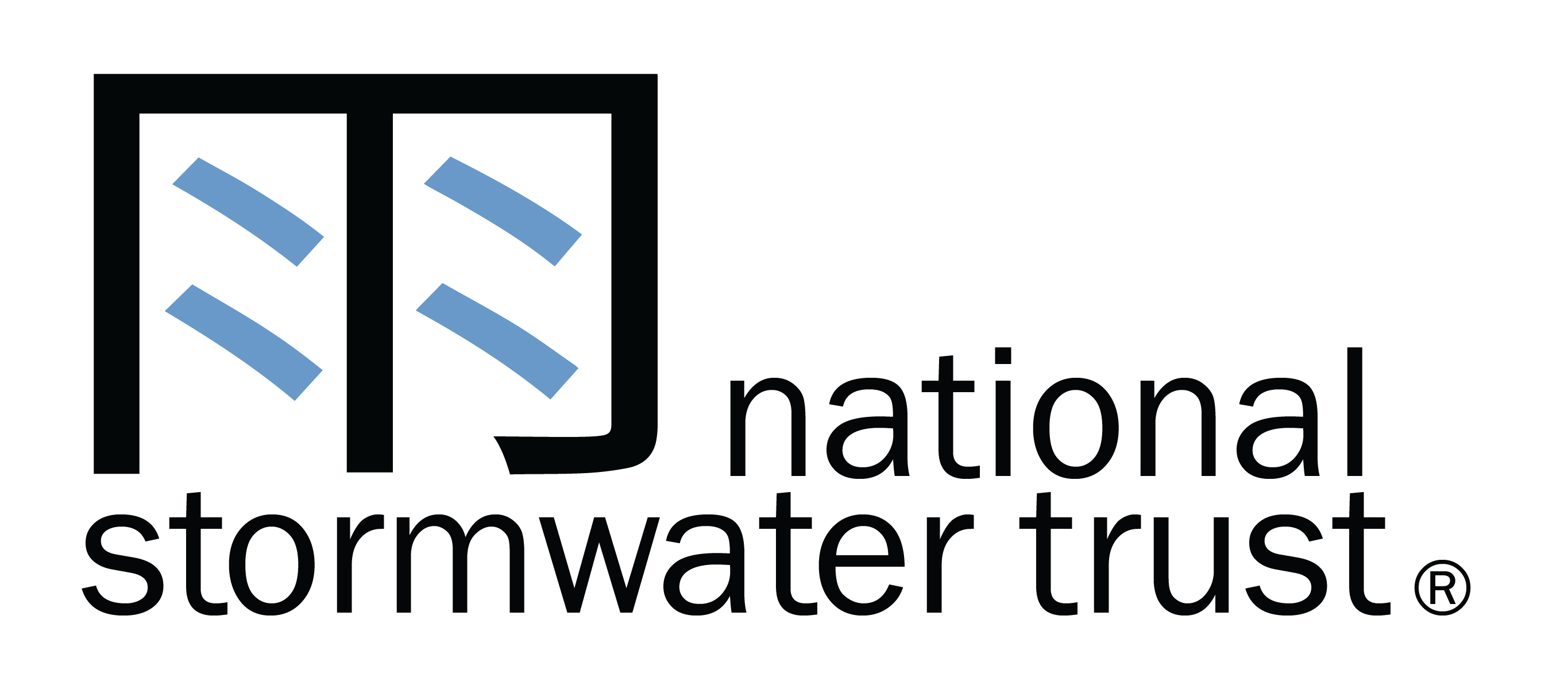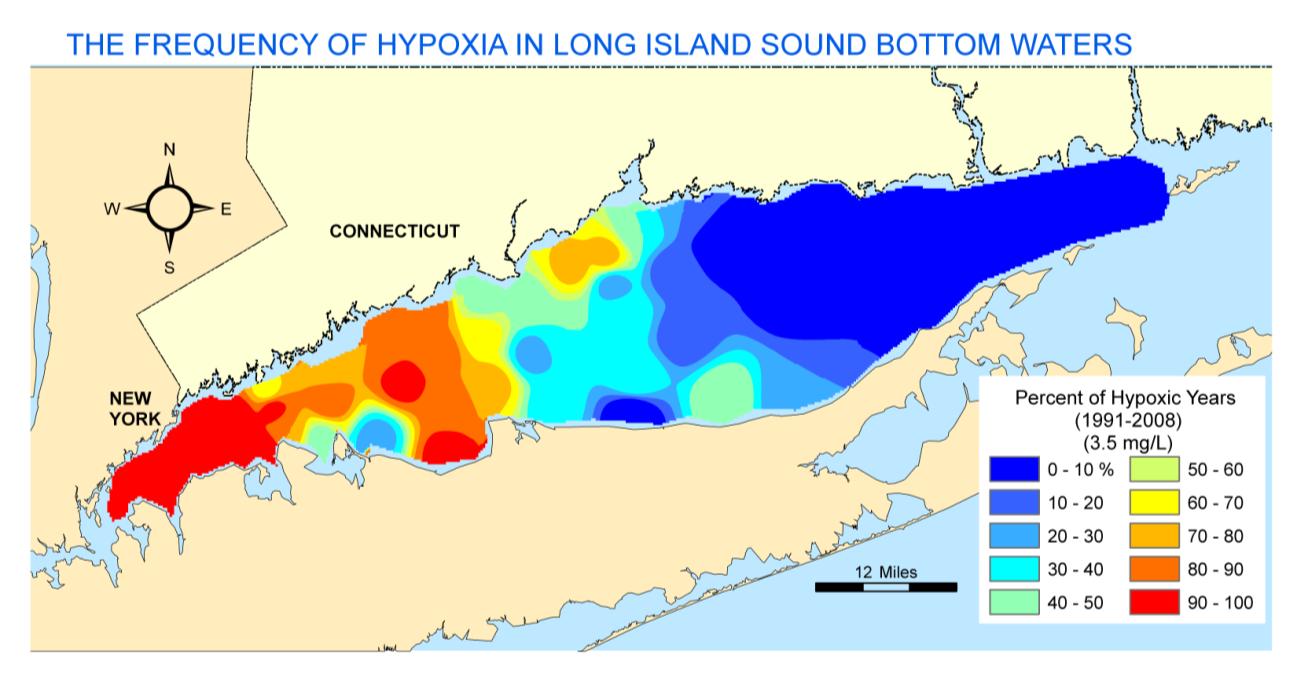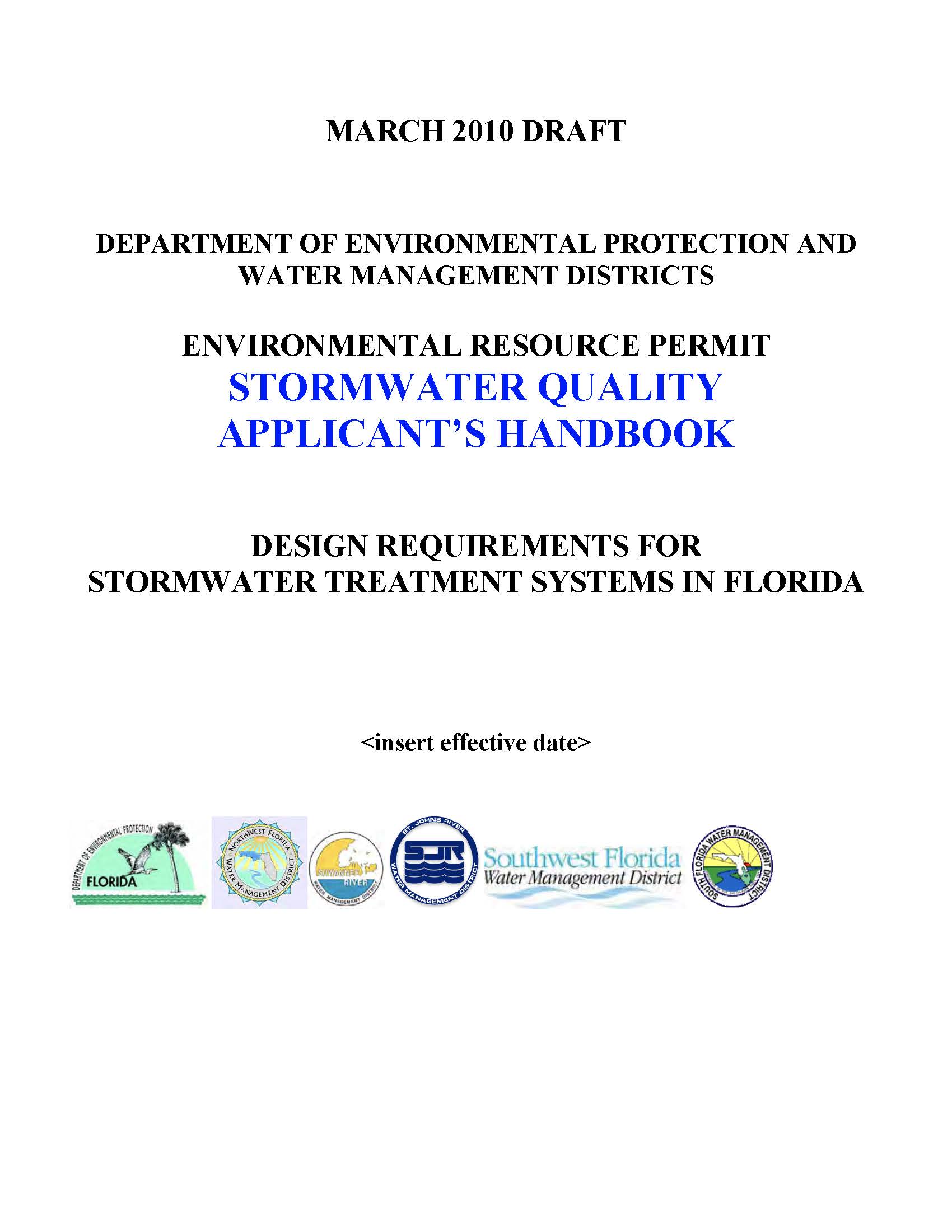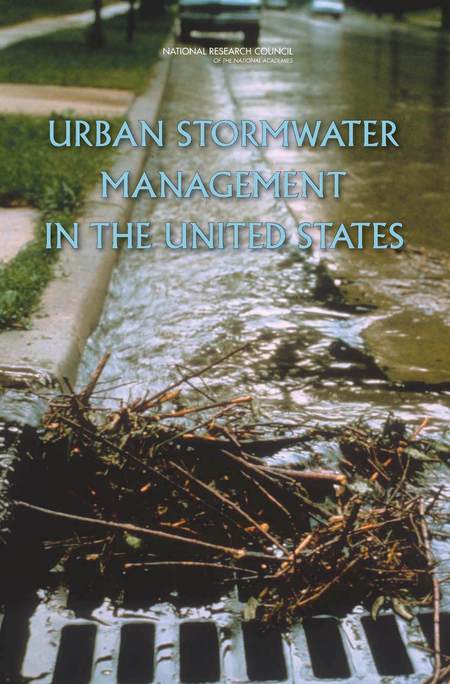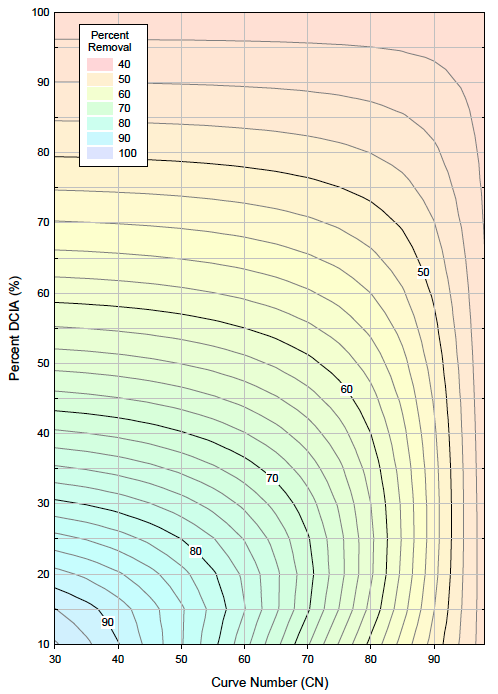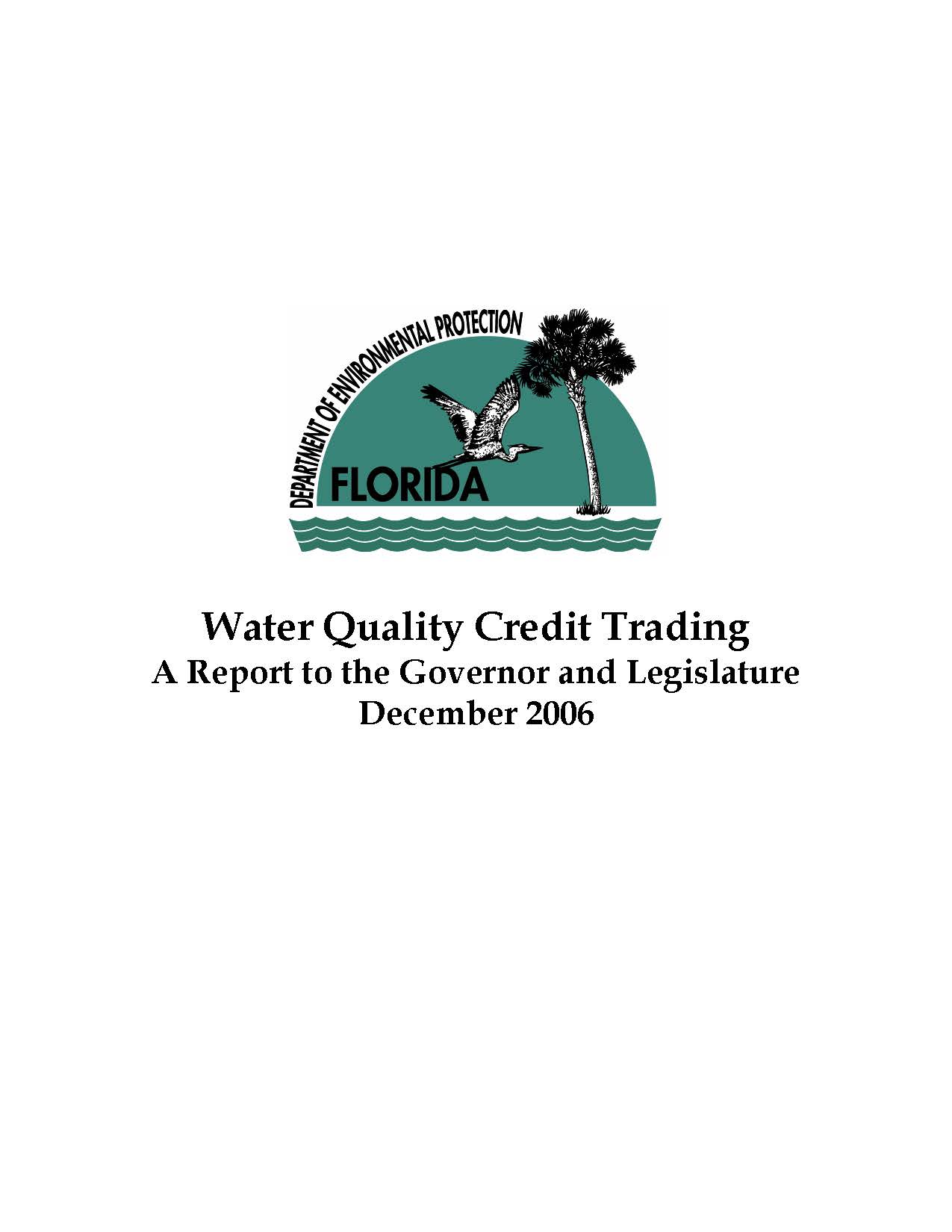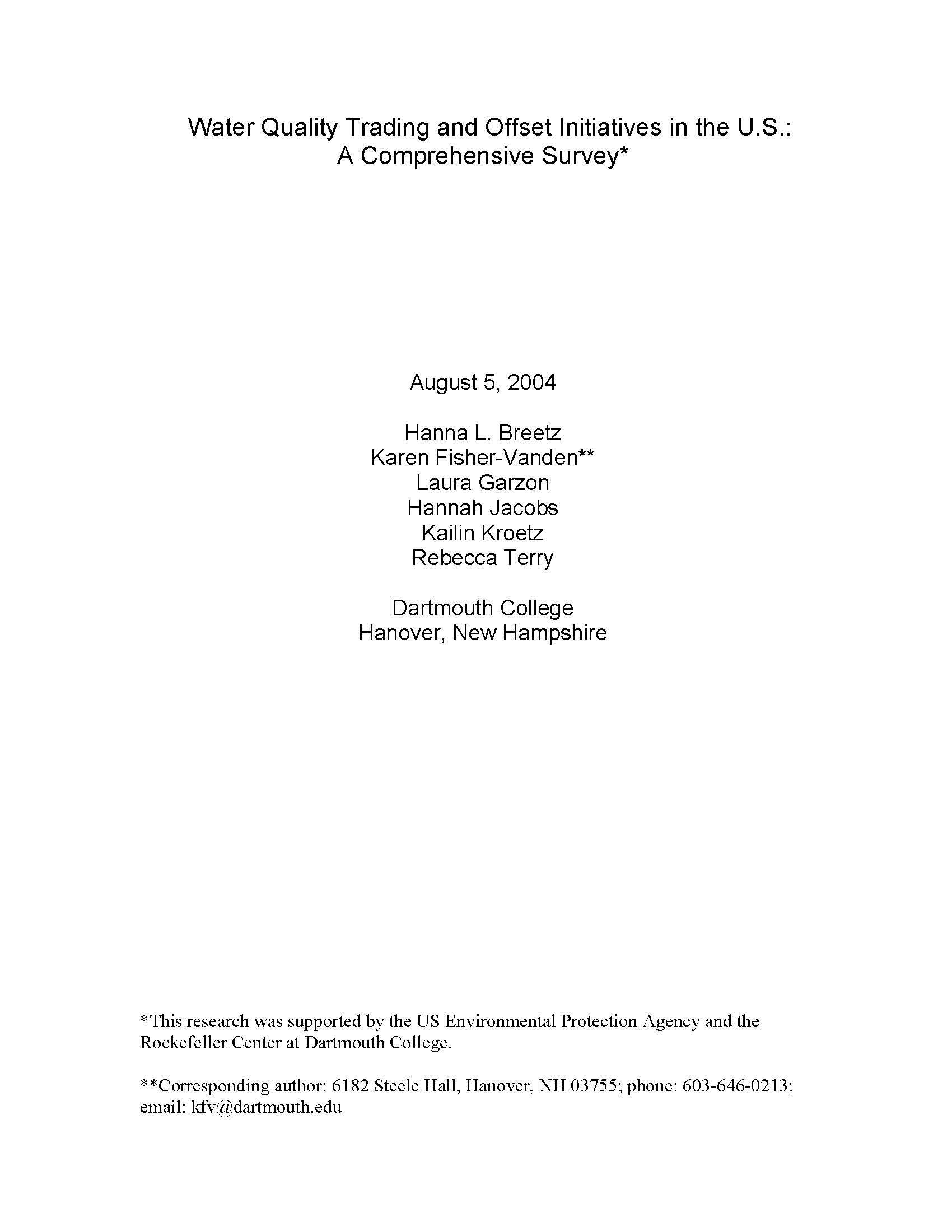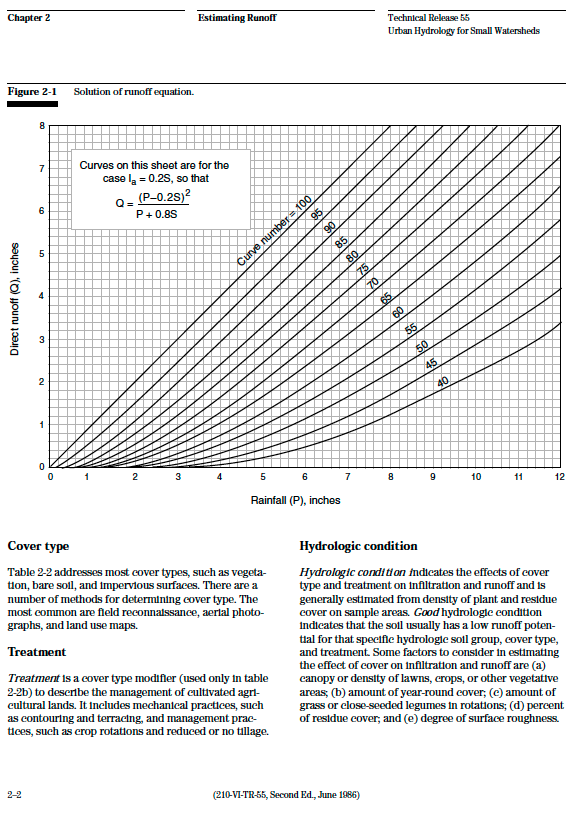The Connecticut Department of Environmental Protection (CTDEP) has been actively involved in the operation of Connecticut’s Nitrogen Credit Exchange (NCE) since 2002. During the 2002-2009 period the total value of credits bought and sold was $45.9 million, representing 15.5 million nitrogen credits exchanged. It is one of the few expansive water quality credit trading programs successfully implemented in the United States. The program has provided an alternative compliance mechanism for publicly owned treatment works (POTW) to meet the nitrogen wasteload allocation (WLA) for the Total Maximum Daily Load (TMDL) adopted for Long Island Sound.
View the Connecticut Department of Environmental Protection 2010 summary here: CT Water Quality Trading Summary 2010.pdf
